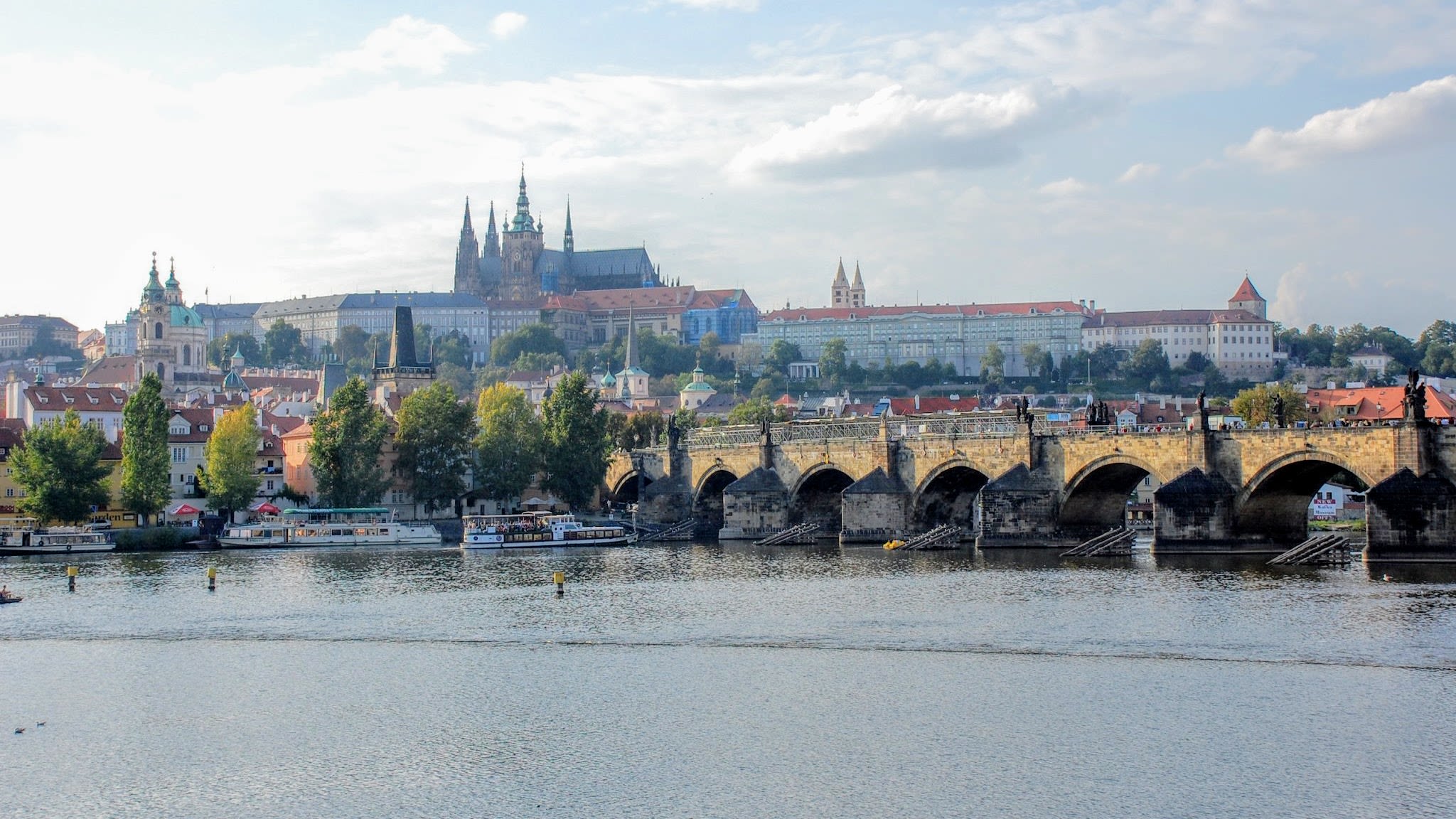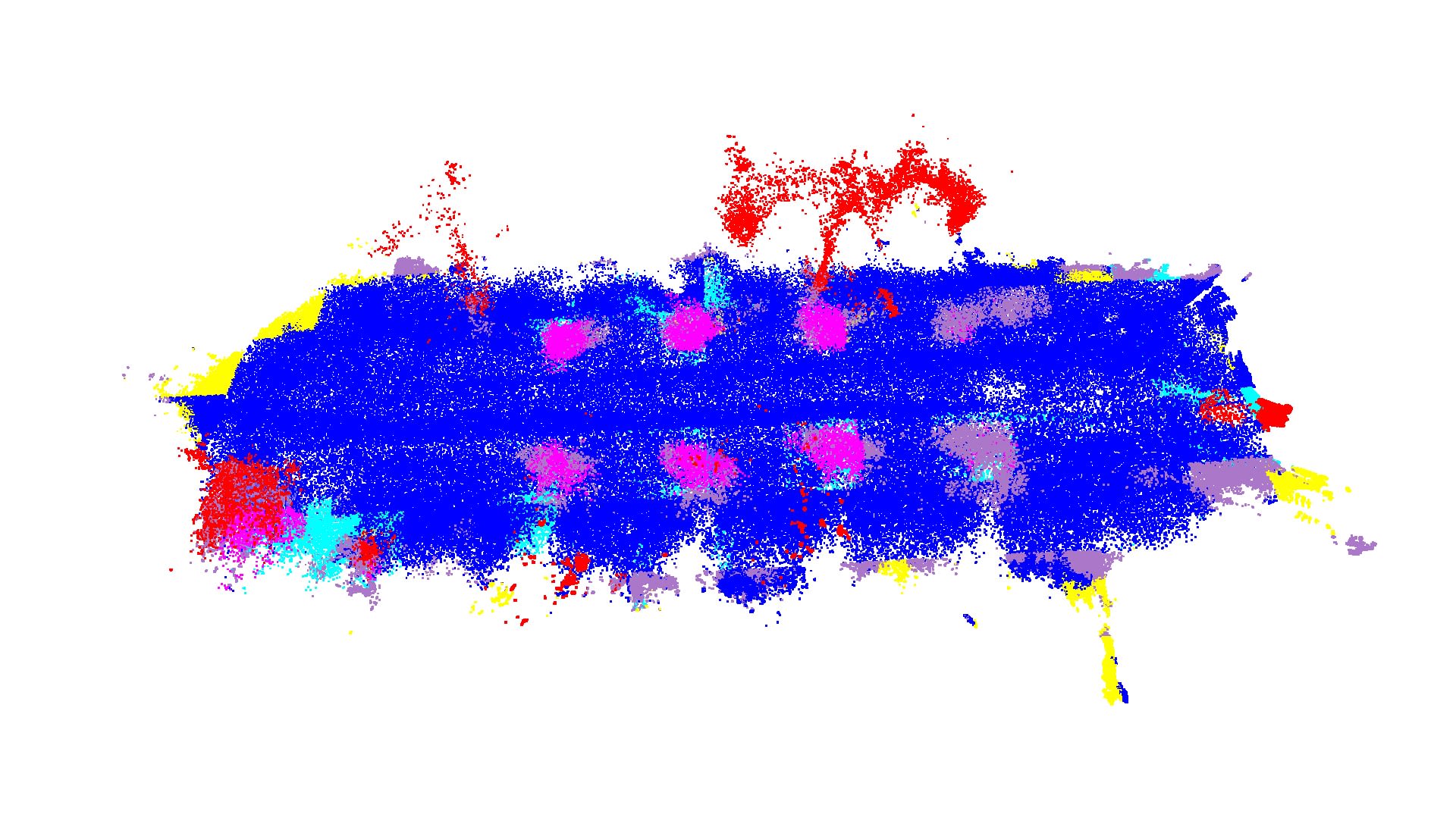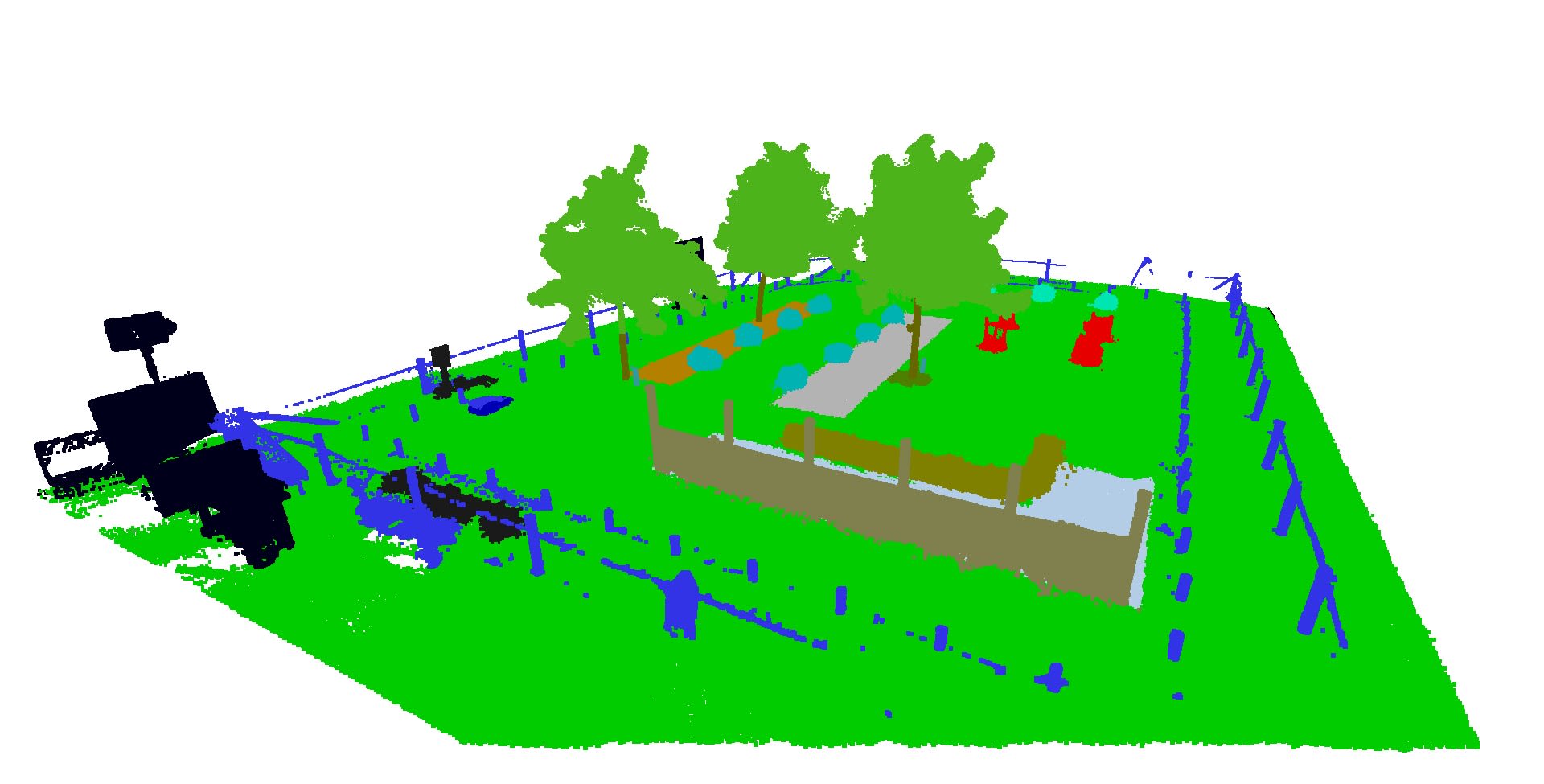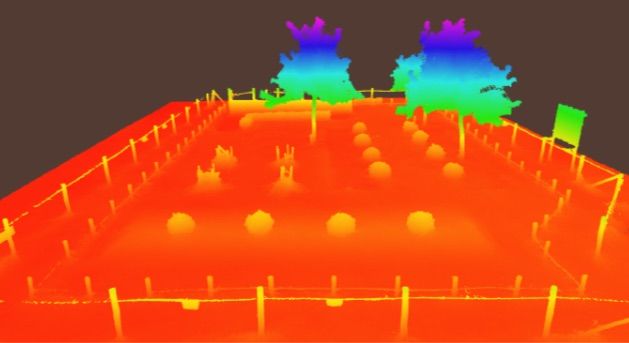Radim's Story
Radim Tyleček
Research Associate
School of Informatics
University of Edinburgh

My first contact with computers was through some classic arcade games on an 8-bit computer my father bought. At some point, I discovered it also had a Basic programming console and my curiosity grew.
When I was around 12, there was an after-school programming course running on early PCs which was one of the few options to get access to those then-expensive machines. I enrolled with my good friend and we soon became coder kids. The early motivation was that after we compiled our programs, we were allowed to play computer games! By the time I got to high school, our family could afford a PC and I bought a book about programming and learned mostly on my own, leading to an informatics project with my schoolmates: a computer-controlled model railway. Looking back, this was the first "intelligent system" I built, which allowed me to realize what possibilities computers have.
In my home town, I enrolled in the electrical engineering and informatics programme at the Czech Technical University. Initially, I was considering a more theoretical computer science focus but soon switched to cybernetics, which deals with the building of "smart machines", artificial intelligence and also biomedical applications. While studying I was also part-time working as a software developer; perhaps the hardest thing was then to keep enough time for the actual study and exams. At some point, however, coding becomes routine and towards the end of my undegrad programme, I could already see that a PhD degree would open doors to more challenging projects.



After finishing my PhD in computer vision, I was looking for an interesting post-doc job and the timing was good for the opening in TrimBot2020 project. It offered a mix of vision, robotics and engineering that was appealing to me. Simultaneously, all phases of my previous study gave me a solid background for the advertised role. I am particularly interested in 3D vision - the possibility of pulling out the third dimension from cameras keeps fascinating me. It is also one of the areas of computer vision where geometry and algebra still play a role as important as machine learning. Five years from now, I would like to be working on similar groundbreaking projects, maybe as a more independent researcher. I think that's very possible for me and I'm excited for a future in this field.
I would say to young people today thinking about where their future lies: our current society relies increasingly more on computers and robots to simplify jobs and life; this calls for a new generation of computer engineers and scientists that will develop smart, robust and stable solutions that could match the centuries-long accumulated experience of areas such as civil engineering and architecture. Imagine computer systems to be as solid as concrete, building out new worlds. Thanks to machine learning and artificial intelligence we now have powerful tools to make this happen.
Come and join this challenge.





